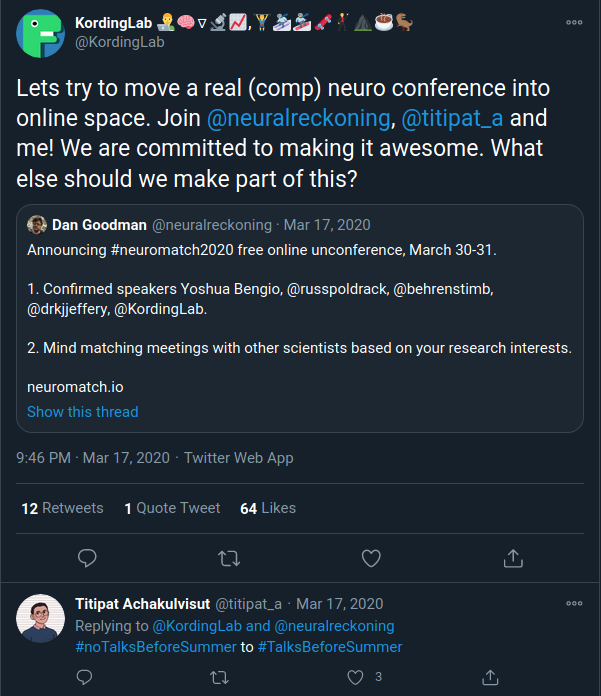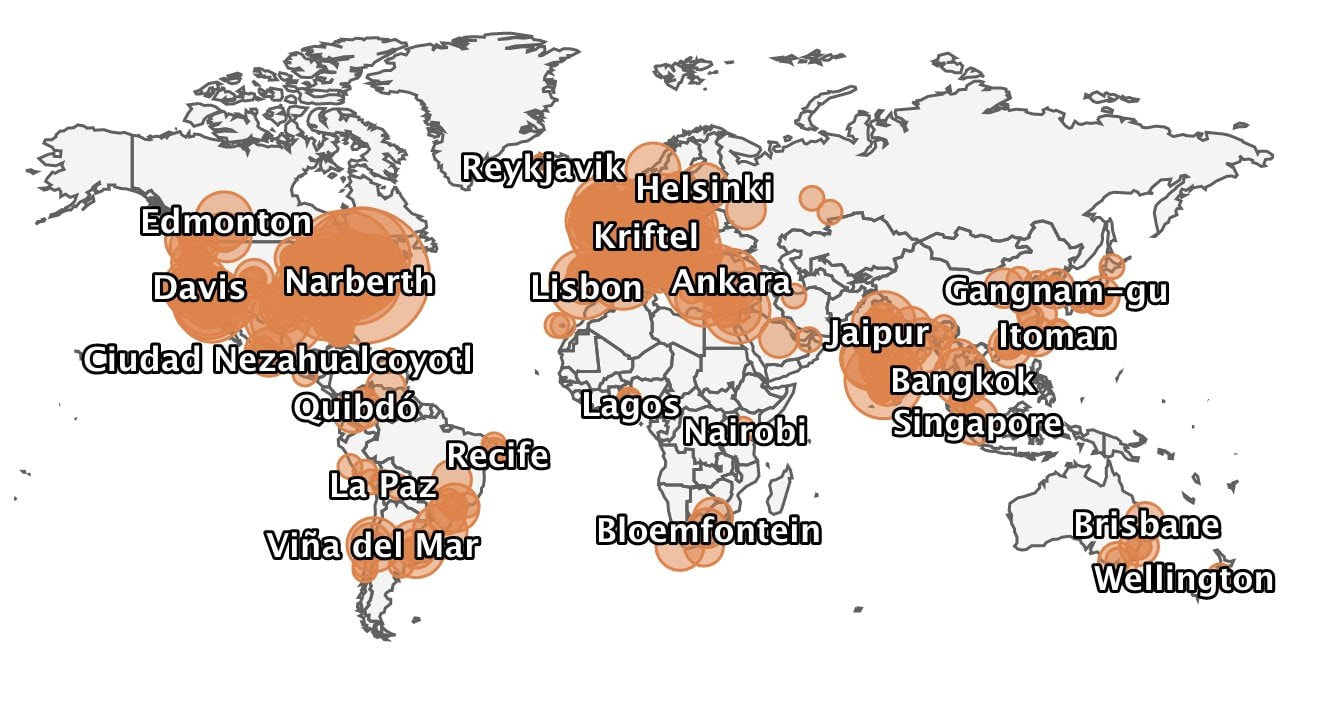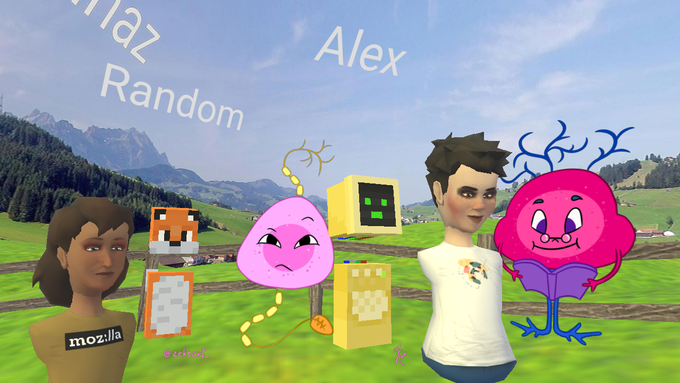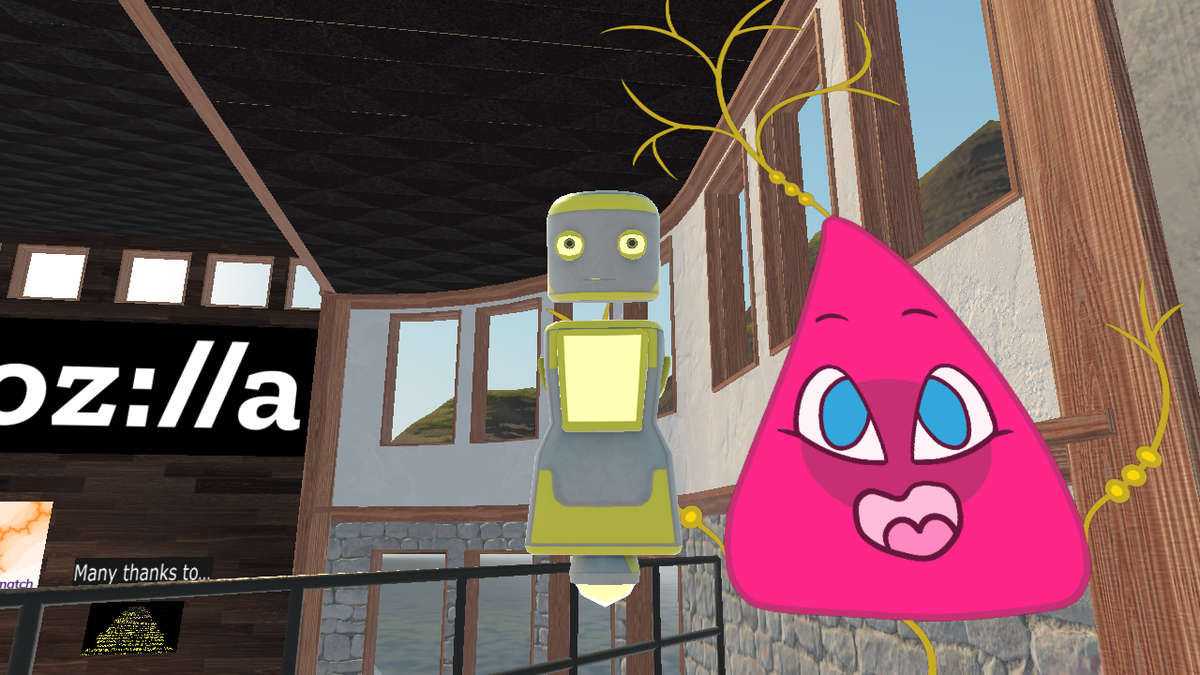|
2020 was such an interesting year; it was certainly not the one I was waiting for. Due to several issues related to the pandemic, I unofficially took a leave from thesis work and had a chance to meet a lot of people virtually, collaborate, learn and grow. Although so many of us were stuck at home, open-science-driven events like NeuroMatch and BrainHack created opportunities to connect with colleagues and peers. This turned out to be hugely impactful for myself and other people like me—in other words students/early career researchers based in countries with limited resources. And to think, it all started with a tweet…. Figure 1. Neuromatch 1.0 call for people (image credit: https://twitter.com/KordingLab/status/1239986383550365696). Neuromatch 1.0 virtual (un)conference was held from 30th to 31st March, 2020. The organizers were so open and encouraging in setting up this collaborative experiment—I couldn't just sit back and wait for the event! I quickly volunteered to help with the scheduling, reaching out to the speakers before their talks, testing the setup and monitoring the chat during the talks. Even though it was entirely virtual I have learned a lot both academically and socially. It was so amazing to witness vibrant online community interaction. That time also coincides with my coming out, getting comfortable with my selected name and pronouns. It also felt so affirming to me to be accepted as who I am within the academic community. It was beyond my imagination! But Neuromatch was just getting started. I was delighted to help organize the second Neuromatch conference, Neuromatch 2.0, held from 25th May to 3rdJune, 2020. It had more than 3000 registrants from all over the world. Although the same platform and structure were used as during the first Neuromatch, we saw even more talks, posters, presentations, and debates. This increased community interaction was encouraging, and showed how it was still possible to bring researchers together even without international travel. Figure 2. Neuromatch 2.0 map of registrants all over the world. (image credit: https://twitter.com/KordingLab/status/1264998609411604480) After my experiences at Neuromatch, I was overjoyed to discover another large-scale, explicitly collaborative event within the OHBM community: this year’s OHBM brainhack. OHBM Brainhack 2020 was my first Brainhack experience and one of my biggest encounters with the open science community after Neuromatch Conferences. It was truly phenomenal to see enthusiastic hackers, creative projects, inspirational training sessions and witness the facilitation of open science research virtually all around the world. It was an amazing privilege for me to serve the community as an event host. In addition to comprehensive guidelines, specific help channels and project specific coding places for hacking, a live virtual help desk at gather.town virtual space was dedicated for guidance and a socialization. There will be no exaggeration if I claim that OHBM Brainhack 2020 provided attendees a life-like event in the comfort of their homes. As the first virtual OHBM Brainhack, it was a stellar start. For the future events I believe that there would be more diverse representations and more opportunities from generally underrepresented neuroscience researchers all around the globe. After OHBM brainhack I shifted my focus to Neuromatch Academy Summer School (NMA for short). It was a 3 week worldwide summer school, and, although all online, a tightly structured experience for 1757 interactive students and 191 teaching assistants (TAs). It was not only an intense course but also a huge mental challenge for students, TAs and organizers. It was extremely incredible that such a comprehensive course could happen at low/no cost for students. Diversity, Inclusion and Equity were core values of NMA that I championed in my involvement. For the preparation period of NMA, I took part in helping towards increasing diversity and inclusion besides enhancing student experience via extracurricular activities such as weekly karaoke times and daily yoga sessions. During the NMA, I helped some of the fellow TAs at my time zone towards mastering the material for teaching effectively, solving daily problems about the material and also served as a TA of a group of students in my time zone (pod) From the interactions within NMA volunteers and TAs, I have learned that establishing an inclusive community is the key for a better and effective way of science, learning, teaching and academia. One of the interesting things that I was involved in is meeting several artists to get some neuron doodles to increase virtual experience. I greatly enjoyed explaining to people without any STEM background, about the summer school, and about detailed yet basic concepts of the neuron. It is hard to find the words about my experience of witnessing the creative process of an artist. Seeing the sparkles of human creativity turning into an art piece was also very inspirational. Figure 3. Neuromatch Academy, Mozilla Hub virtual space, student avatars interacting with neuron doodles (image credits: 1st image https://twitter.com/phant0msp1k3/status/1286102782890536960, 2nd image https://twitter.com/neurograce/status/1283047247299706880). During the times I served as a TA, I realized that the best way of learning is teaching. I also witnessed that providing a safe space is the most important thing to do to enhance the abilities of students to flourish. CoC and automatic violation report system of NMA effectively helped us to preserve the provided safety.
Having gone from Neuromatch, to OHBM, to NMA, I was happy to return to Neuromatch with the Neuromatch 3.0 conference. Although largely the same format as Neuromatch 2.0, it significantly expanded again in size and in scope. I believe it was one of the most inclusive neuroscience conferences ever with six main themes of parallel tracks and a main stage events like lectures, panels, discussions, open affinity group sessions (black, queer, first generation) it gave the ambience of non-virtual big conferences. I served as a backend person mostly by clicking the necessary buttons, ensuring that every speaker runs their talk as smoothly as possible. It was wonderful to see some of the submitted NMA projects were turned into complete papers and submissions to NMC, it made me feel proud as a TA of NMA. All of these experiences and the vibrant community of Brainhack encouraged me to organize (almost solely) and lead Brainhack Ankara on December 1st to 3rd, the first ever Brainhack in the Middle East! Taking part in both Neuromatch event series and OHBM Brainhack encouraged me to spread open science concepts and run a local event with the help of the global Brainhack community. Since the community here is new for Brainhack Ankara, it was convenient to have focus on learning the basics of open science tools and to explain why and how it can enhance our way of doing science. Overall attendance was about 30 people, it was a relatively small event comparingly. But I learned that to build a vibrant big community, starting small is important. 2020 for me was a year of meeting the neuroscience community virtually as well as demonstrating that how open science helps researchers, how the culture of collaborative science helps to enhance better practices and how vital it is to embrace diversity in research. I learned that listening, understanding and providing the needs of the people is necessary to maintain the collaborative culture and for the best possible approaches of ensuring inclusion. To take an action for this goal, I recently joined the OHBM Open Science Special Interest Group as an inclusivity officer for the organisation of the 2021 Open Science Room and OHBM Brainhack. In this role, I hope to provide a safe space for people to flourish, open space for underrepresented groups, and encourage initiatives that will enrich the community.
0 Comments
Your comment will be posted after it is approved.
Leave a Reply. |
BLOG HOME
Archives
January 2024
|




 RSS Feed
RSS Feed